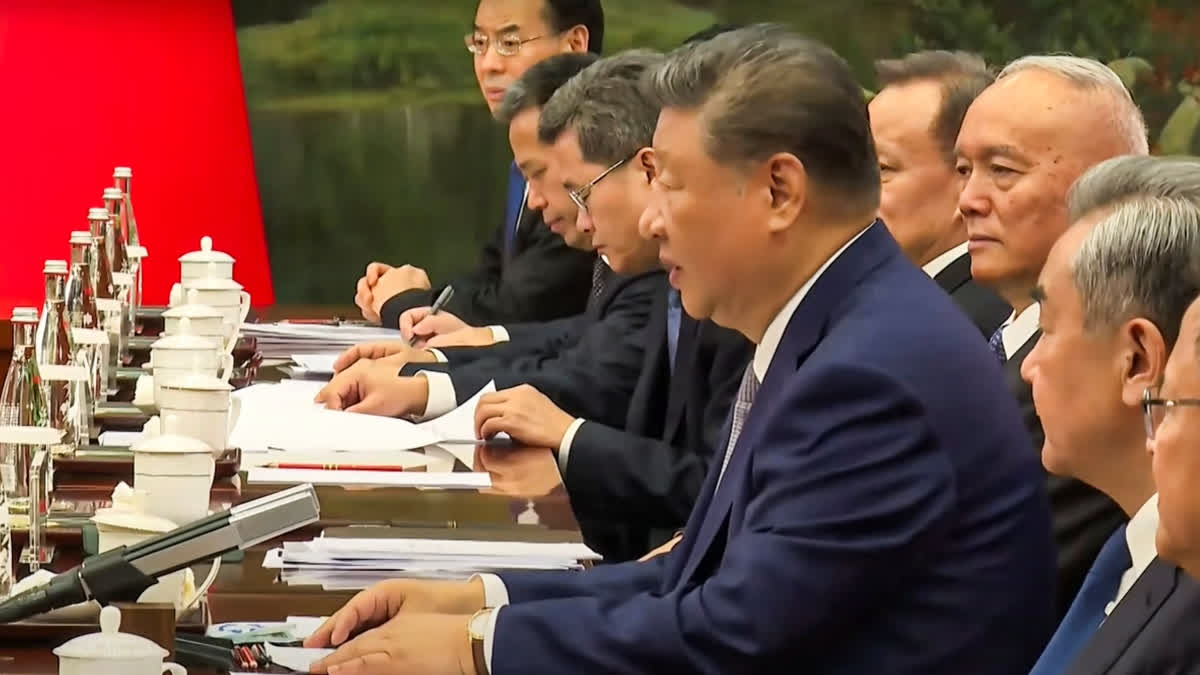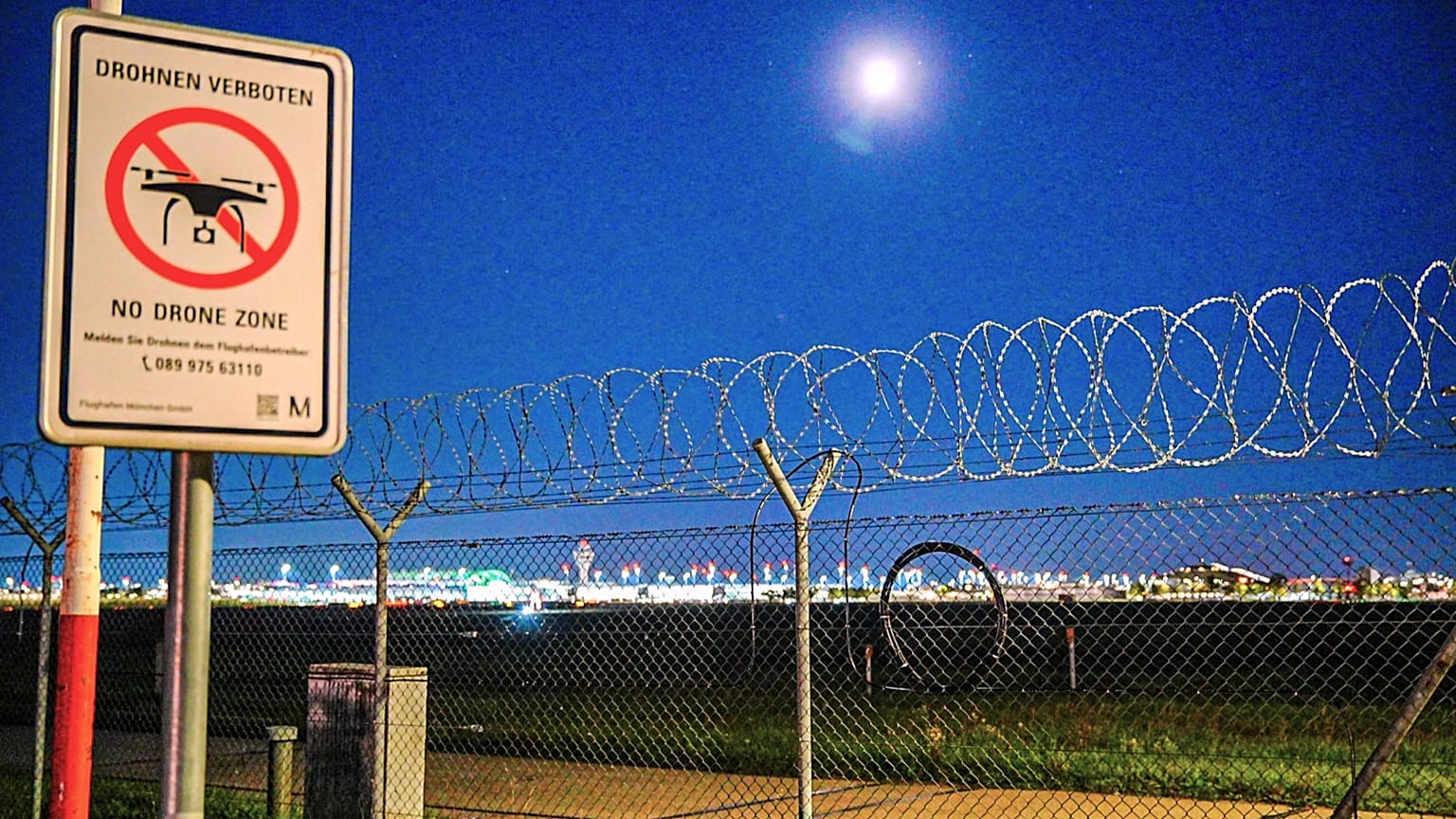In a global landscape characterized by economic instability and changing partnerships, Chinese President Xi Jinping and Indian Prime Minister Narendra Modi have underscored the significance of their bilateral relationship. Their latest conversations occur amidst a period when international trade frictions, such as those initiated by tariffs from the United States, are influencing markets across the globe and encouraging countries to evaluate their strategic alliances.
The discussion between Xi and Modi highlights a mutual desire to uphold stability and foster collaboration between these two major Asian nations. The leaders stressed the importance of communication and mutual regard as crucial methods for managing a complicated international landscape. By projecting solidarity, they seek to strengthen regional harmony and safeguard their economic priorities in the midst of worldwide unpredictability.
Trade has been a central focus of their engagement. U.S. tariffs and other protectionist measures have disrupted supply chains and increased costs for businesses in both China and India. In this context, strengthening bilateral trade and investment ties serves as a practical response to global economic pressures. Officials from both nations have discussed measures to facilitate smoother commerce, including initiatives to reduce trade barriers and encourage joint industrial projects.
Beyond economic concerns, Xi and Modi addressed the broader geopolitical landscape. With tensions rising in several regions, both leaders stressed the need for multilateral solutions and regional cooperation. Their discussions reflect an understanding that global challenges—ranging from climate change to cybersecurity—require collaboration rather than confrontation. Strengthening the China-India relationship is therefore seen as a stabilizing force in an unpredictable world.
Infrastructure and technology are central themes in their discussions. China’s experience with massive development initiatives, like the Belt and Road Initiative, presents insights that might aid India’s urbanization and connectivity strategies. Concurrently, India’s expanding tech industry and market potential open up avenues for partnership, especially in fields such as information technology, renewable energy, and digital commerce. Both countries perceive these interactions as beneficial for both.
The symbolism of the leaders’ meeting extends beyond economics. In a climate of rising nationalism and protectionism, Xi and Modi’s public affirmation of friendship sends a clear message to the international community: Asia’s two largest populations are willing to cooperate even as global alliances shift. This positioning may encourage other nations to pursue partnerships based on shared interests rather than ideological divides.
Security cooperation was another aspect of their discussions, especially regarding border management and regional stability. Historical tensions along the China-India border have necessitated careful diplomacy, and both parties stressed the importance of dialogue, confidence-building measures, and communication channels to avoid misunderstandings. Preserving peace along their shared frontier remains a top priority for both governments.
Economic forums and trade councils have already begun implementing some of the ideas discussed by Xi and Modi. Plans to promote investment in sectors like renewable energy, infrastructure, and high-tech manufacturing are underway, aimed at boosting bilateral trade while offsetting the impact of external tariffs. These projects are expected to create jobs, encourage technological exchange, and reinforce economic resilience.
Experts suggest that China and India’s strengthened partnership could have ripple effects across Asia and beyond. As two of the world’s fastest-growing economies, their cooperation can influence global supply chains, commodity markets, and regional development strategies. By working together, the two countries aim to create a counterbalance to economic volatility and assert more influence in global governance forums.
The leaders also addressed cultural and educational exchanges, recognizing the value of people-to-people connections in fostering long-term goodwill. Student programs, research collaborations, and tourism initiatives were highlighted as avenues to deepen mutual understanding and create networks that support diplomatic and economic objectives. Such initiatives demonstrate that diplomacy extends beyond government channels and can have lasting societal impacts.
Even with their distinct political systems, economic structures, and strategic goals, Xi and Modi underlined that practicality and shared advantage are key components in their relationship. Both parties recognized the difficulties arising from external influences but concurred that collaboration offers a more positive path than conflict. This strategy indicates an increasing tendency among countries to pursue stability and foreseeability in a world marked by uncertainty.
Financial analysts have noted that stronger China-India relations could mitigate some of the disruptive effects of tariffs and trade wars. By diversifying trading partners and creating alternative supply chains, businesses in both countries may find new opportunities for growth. This strategic approach also reduces reliance on markets that are increasingly subject to unpredictable policy shifts.
Infrastructure projects discussed during their talks include transport corridors, energy pipelines, and joint ventures in technology parks. These initiatives aim to facilitate the movement of goods and services while promoting sustainable development. Both governments view these projects as a long-term investment in regional prosperity that transcends short-term geopolitical challenges.
The declarations made by Xi and Modi have focused on mutual respect and a common perspective. The leaders pointed out that friendship and working together are not merely ideals but practical methods for handling a world where economic unpredictability, political turmoil, and environmental challenges are becoming more intertwined. Their conversation highlights a dedication to stability and progress, even when confronted with global disturbances.
El análisis global a esta colaboración ha sido prudente pero atento. Los analistas reconocen la importancia estratégica de fortalecer los lazos entre China e India, considerando su población, influencia económica y ubicación geográfica. Mientras las potencias occidentales continúan con la imposición de aranceles y restricciones comerciales, las dos naciones asiáticas parecen decididas a establecer un marco que proteja sus intereses y promueva el desarrollo regional.
Cuando los mercados globales siguen mostrando variaciones, el énfasis en la cooperación por encima de la competencia establece un modelo para otras naciones. Las conversaciones entre Xi y Modi muestran que, incluso en un entorno internacional caótico, la diplomacia y las asociaciones pragmáticas pueden proporcionar vías hacia la estabilidad. Este enfoque podría impactar las decisiones de políticas no solo en Asia, sino también en otras regiones que buscan alternativas a la dependencia de bloques de poder tradicionales.
Looking forward, the relationship between China and India is expected to stay central in worldwide economic and political plans. Both countries are putting resources into efforts that encourage joint growth, technology progress, and steadiness in their region. Although hurdles will continue, their recent talks demonstrate a collective realization that working together can produce more advantages than acting alone or depending on outside forces.
The discussion between Xi Jinping and Narendra Modi signifies a calculated initiative to enhance mutual relationships during a time of worldwide unpredictability. By emphasizing amity, trade collaboration, and area stability, the two heads strive to steer through the intricate global scenario while establishing their countries as significant actors. Their dedication indicates that even in the face of outside pressures like trade barriers and geopolitical conflicts, active diplomacy and pragmatic alliances continue to be crucial instruments for ensuring economic and political robustness.





